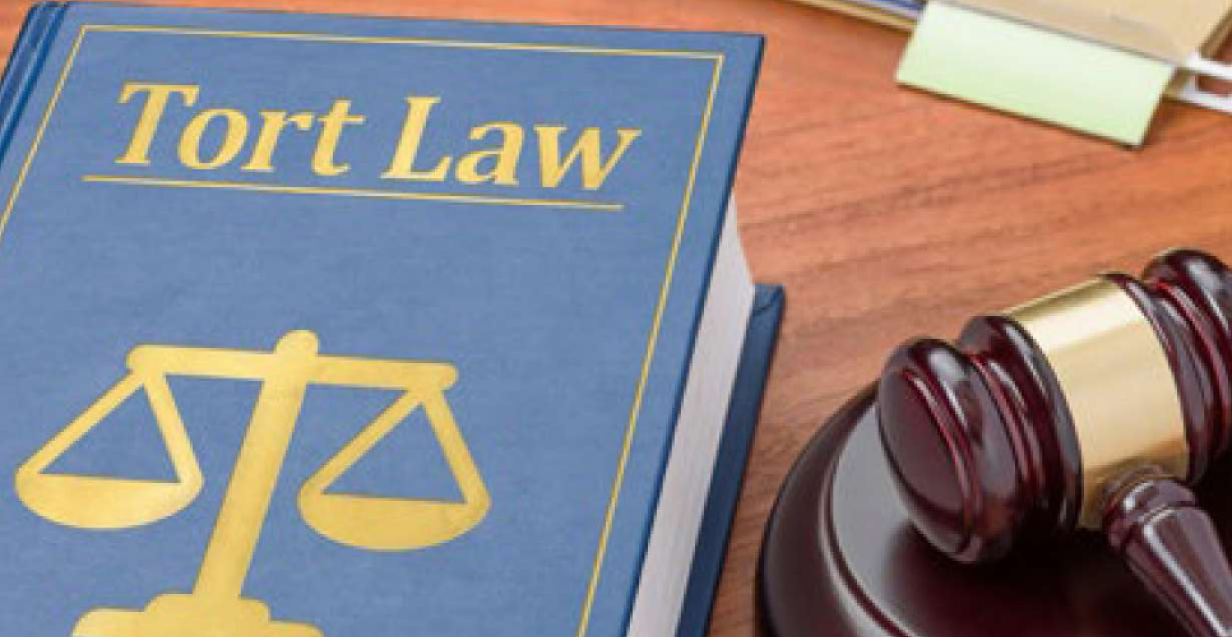Subsection (1)(d) defines LOP as “a promise of payment… from any judgment or settlement.M This definition may have substantial impact on three different areas – subsection (2)(b)(2), subsection (2)(b)(4), and Section 3.
Subsection(2)(b)(2)states that if the claimant has health care coverage but obtains treatment under a letter of Protection or otherwise does not submit charges for any health care provider’s medical treatment or services to health care coverage … the defense can present evidence of the amount the insurer Would pay” had the patient used insurance. The concern, here, is that the insurance reimbursement amount is likely to have an “anchoring” effect that drags a jury award down from the charged amount. Notably, this subsection contains an “or” thal may allow the defense to present the evidence even without an LOP
Subsection (2)(b)(4) states that “if the claimant obtains medical treatment or services under a letter of Protection and the health care provider subsequently transfers the right to receive payment under the letter of protection to a third party/* the defense can present the purchase price to the jury. Here, the concern is that the purchase price is likely to have an anchoring effect that drags a jury award down from the charged amount.
Section 3 states that as a condition precedent to asserting any claim for medical expenses for treatment rendered under a letter of Protection. the claimant must disclose five different categories of information. One category of information, contained in subsection (3)(e), is “the financial relationship between a law firm and a medical provider, including the number of referrals, frequency, and financial benefit obtained.,, This is the Boecher impeachment information that Worley prohibited the defense from obtaining. Thus, the concern is that FTR abrogates Worley.
But because the existence of an LOP is a condition precedent to the subsection(2)(b)(2)insurance reimbursement, the subsection (2)(b)(4) purchase price, and the Section 3 Boecher impeachment information, medical providers and PI firms have a strong plain language argument that the defense is not entitled to this information because there is no LOP. This argument requires medical providers to:
- Create new financial agreements that do not meet the statutory definition of LOP This requires much more than simply deleting any express promise to pay from litigation proceeds;
- Revise new-patient, billing, and any other forms to exclude terms like letter of protection LOP and litigation lien;”
- Never write notes that refer to LOPs or “LOP patients;”
- Never list the PI firm as a payor, insurer, or guarantor;
- Enforce financial agreements and maintain a record;
- In corporate representative and doctor depositions, be wary of the multiple and evolving tricks the defense will employ to blur the distinction between LOPs and the new financial agreement.
These steps should constrain courts to apply the plain language of the statute and determine that no LOP exists. If so, medical providers and PI firms will prevail on MPOs and MILs under subsection(2)(b)(2), subsection(2)(b)(4), and Section 3.


